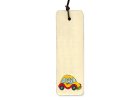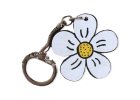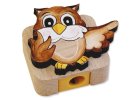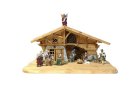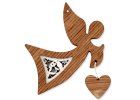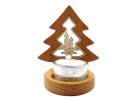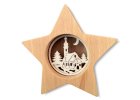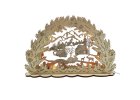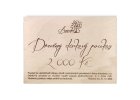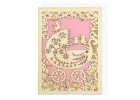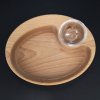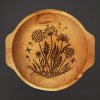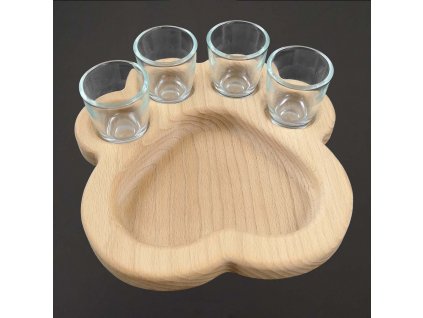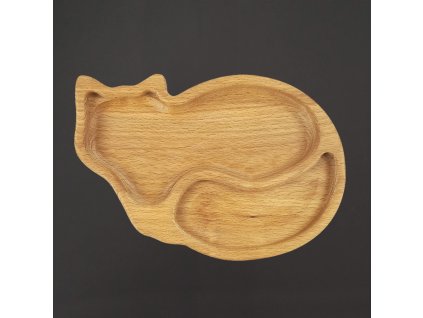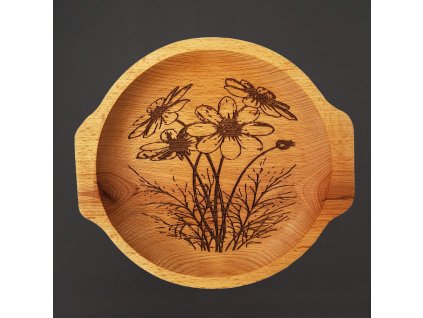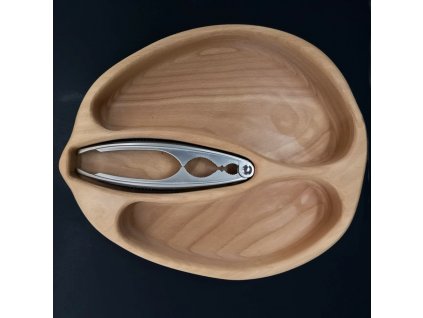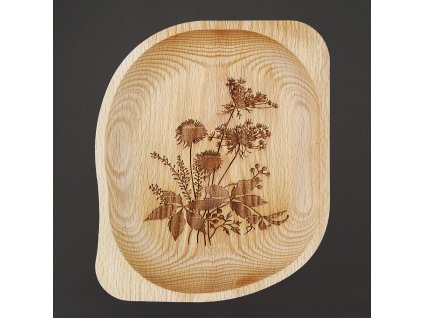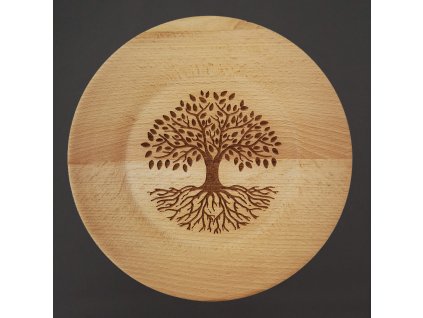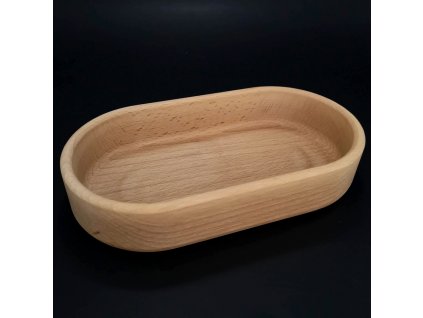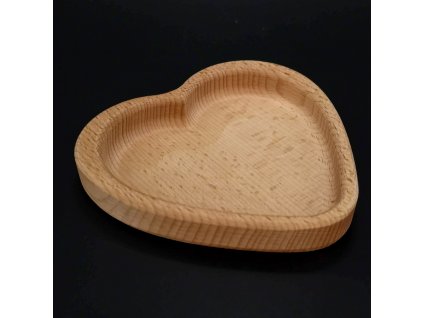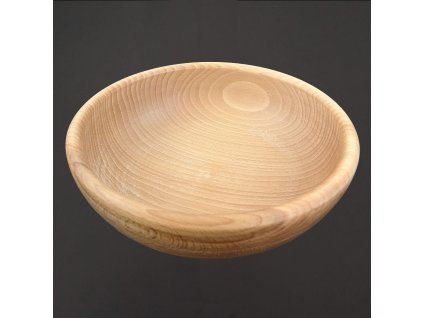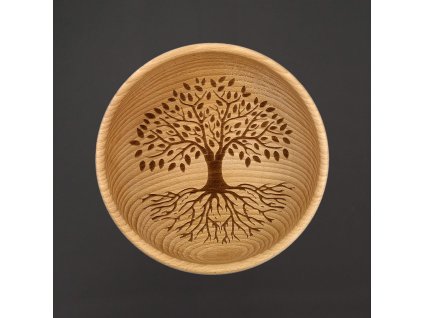Bowls and plates
Bestsellers
Brands
Color
Wood
Material
Specifications
Size
Pattern - motive
Made in
What are the advantages of using wooden bowls?
Ever since people learned to use the first tools, they have been making wooden utensils. Primitive spoons, bowls and plates. The popular wooden dishes were displaced by glazed ceramics around the 17th century. Wooden bowls and plates have recently been gaining popularity again. Not only because of their original appearance, because wooden salad bowls are an interesting decoration on the table, but also as eco-friendly tableware.
Why is wood popular?
The reason is simple. Wood is a natural material that is biodegradable and renewable. Today's young generation is environmentally conscious, and that's a good thing. In addition, wood is always a "warm" element in the interior, whether it is solid wood furniture, wooden decorations or tableware. If you take the wooden bowl in your hands, you will have a soothing feeling. Wood is warm, it doesn't get cold like ceramic or stainless steel. Plus, it has another advantage - when you eat from a wooden bowl, it doesn't hiss annoyingly. The wood is durable and ages slowly, plus it acquires an interesting patina with use.
How to care for wooden utensils?
Another myth around wooden cookware is that wooden surfaces are hard to maintain and full of bacteria. This is not true, on the contrary, if the bacteria on the surface of wooden cutting boards and plastic ones are compared, a greater amount of bacteria was found on plastic. In addition, some types of wood are naturally antibacterial.
Wooden utensils are also better for our health. It is free of harmful BPA and other toxic substances, and does not release microplastics or heavy metals into the surface during use. Therefore, wooden utensils are suitable for the smallest diners.

.png)

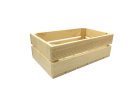
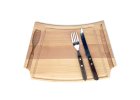
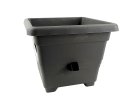
.png)
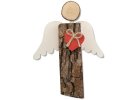
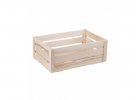

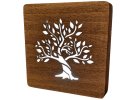
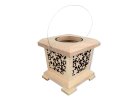


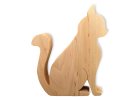

.png)

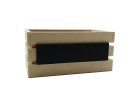

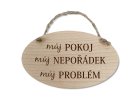
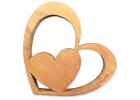
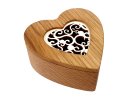
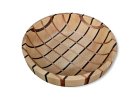
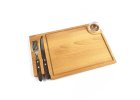

.jpg)

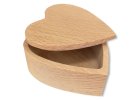
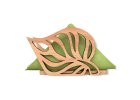
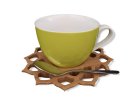
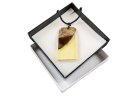
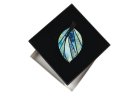
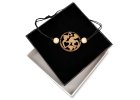
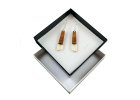

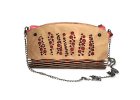
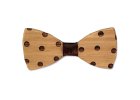
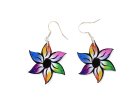

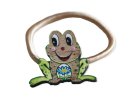
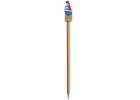
.jpg)

